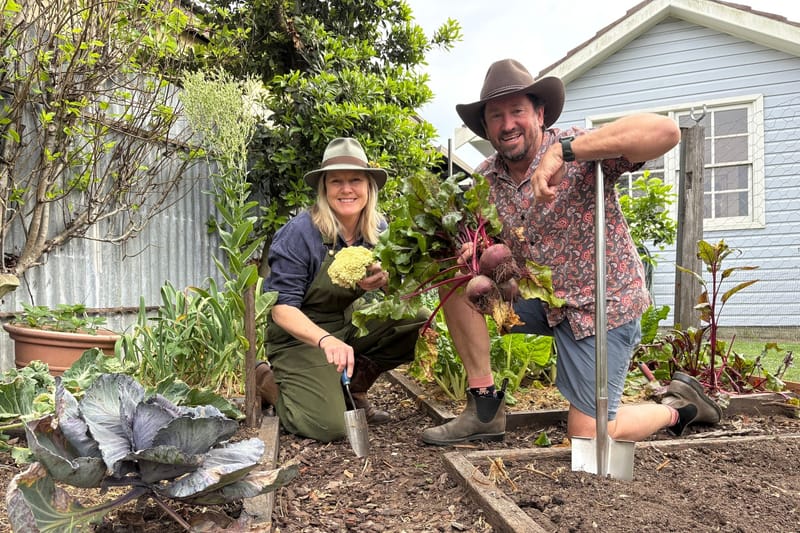Permaculture in a nutshell
Read more about permaculture ethics and design principles here

Permaculture (permanent agriculture or permanent culture) was a term coined by Australian David Holmgren who, with academic Bill Mollison, was motivated to act against the practices of industrial agriculture. It referred to gardening, farming, animal husbandry and forestry practices designed to mimic natural ecosystems. From this beginning in Hobart in the 1970s, the movement grew. Permaculture Australia now has more than 10,000 members and the movement has spread worldwide.
The essence of permaculture now encompasses a holistic way of living, beyond gardening, that builds human resilience against the challenges of today’s world. It promotes small-scale self-reliance and acting as an example to others. It promotes positive change at a grassroots level.
The 12 principles of permaculture (with permaculture ethics at the hub) are tools that allow for a redesign of our environment and behaviour in a way that is resource-efficient and more in tune with nature.
Ethics
- Earth care
- People care
- Fair share
Design principles
- observe and interact
- catch and store energy
- obtain a yield
- apply self regulation and accept feedback
- produce no waste
- use renewable resources and services
- design from pattern to detail
- integrate rather than segregate
- use small and slow solutions
- use and value diversity
- use edges and value the marginal
- creatively use and respond to change
Source: read more about permaculture ethics and design principles here
Read more about David Holmgren and his work here





